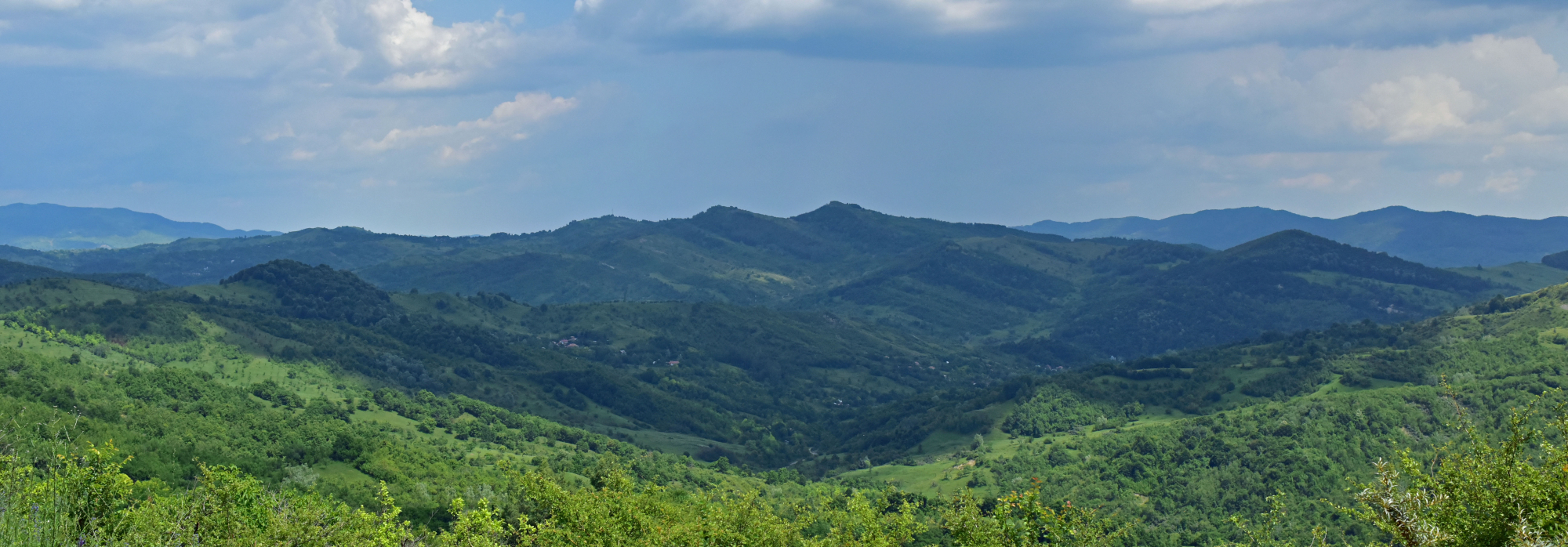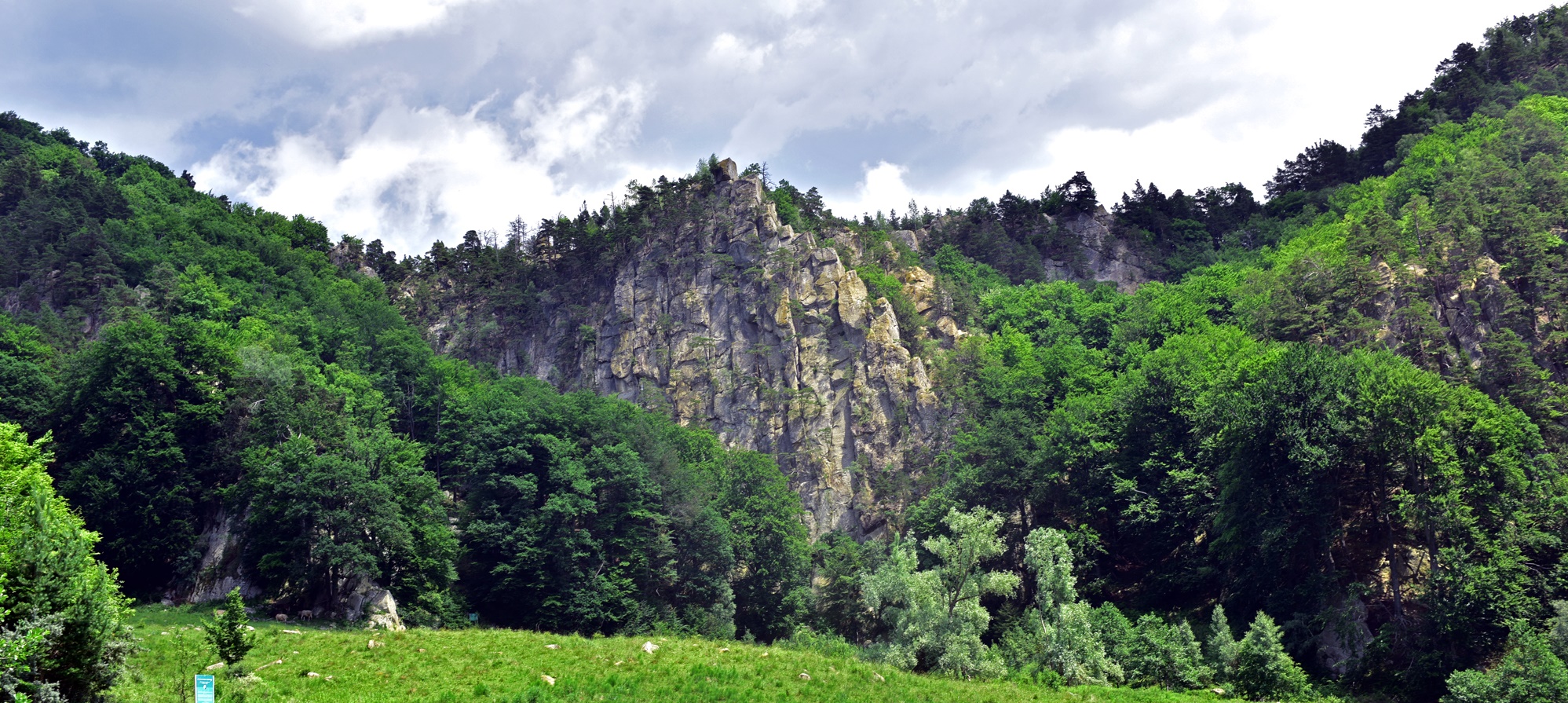OBIECTIVELE PROIECTULUI
-
Câteva cuvinte

The proposed project aims to demonstrate the implementation and validation of an interdisciplinary research model for the Aluniș-Bozioru cultural landscape, with the development of an online interactive digital product. This digital product would provide complementary data about the historical monuments and their environment, and also, constant updates and statistical comparison in order to generate an accurate evaluation of the state of conservation for this specific cultural landscape. Furthermore, the resulted information will contribute in the decision making process for the regional development policies.
The interdisciplinary joint team of researchers is made of technical scientists with great experience in advanced non-invasive characterization of the cultural heritage and a group of experts from geology and biology. Resulted scientific data will include: 3D digital models of the selected historical monuments, microclimate monitoring, Ground Penetrating Radar survey, airborne LIDAR, multispectral and thermal imaging, soil and rock characterization, environmental studies. This digital product is constituted by an intuitive website with a database that allows data corroboration, visualization and comparison of the 3D digital models, as well as a digital mapping in the GIS system.
The geological and the climate evolution of the Carpathians, influenced from south-east, have led to a remarkable biodiversity (35% of the bird species recorded from Romania), including species of community interest for the Natura 2000 network [9]. Although there are studies dealing with the biota of the Buzău County, within areas close to the Aluniş-Bozioru region, none of them specifically covers the sites we intent to study. As an example, none of the four Important Bird Areas (IBAs) from the Buzău County - Lower Siret River, Vrancea Subcarpathians, Balta Albă-Amara-Jirlău and Tătaru [10], include the Aluniş-Bozioru region. There is a single study, focused on the Meledic Plateau [11], a site very close to our interest area. On the same area, only one study of the edaphic fauna of the evaporated karst regions of the Buzău County has been performed [12].


